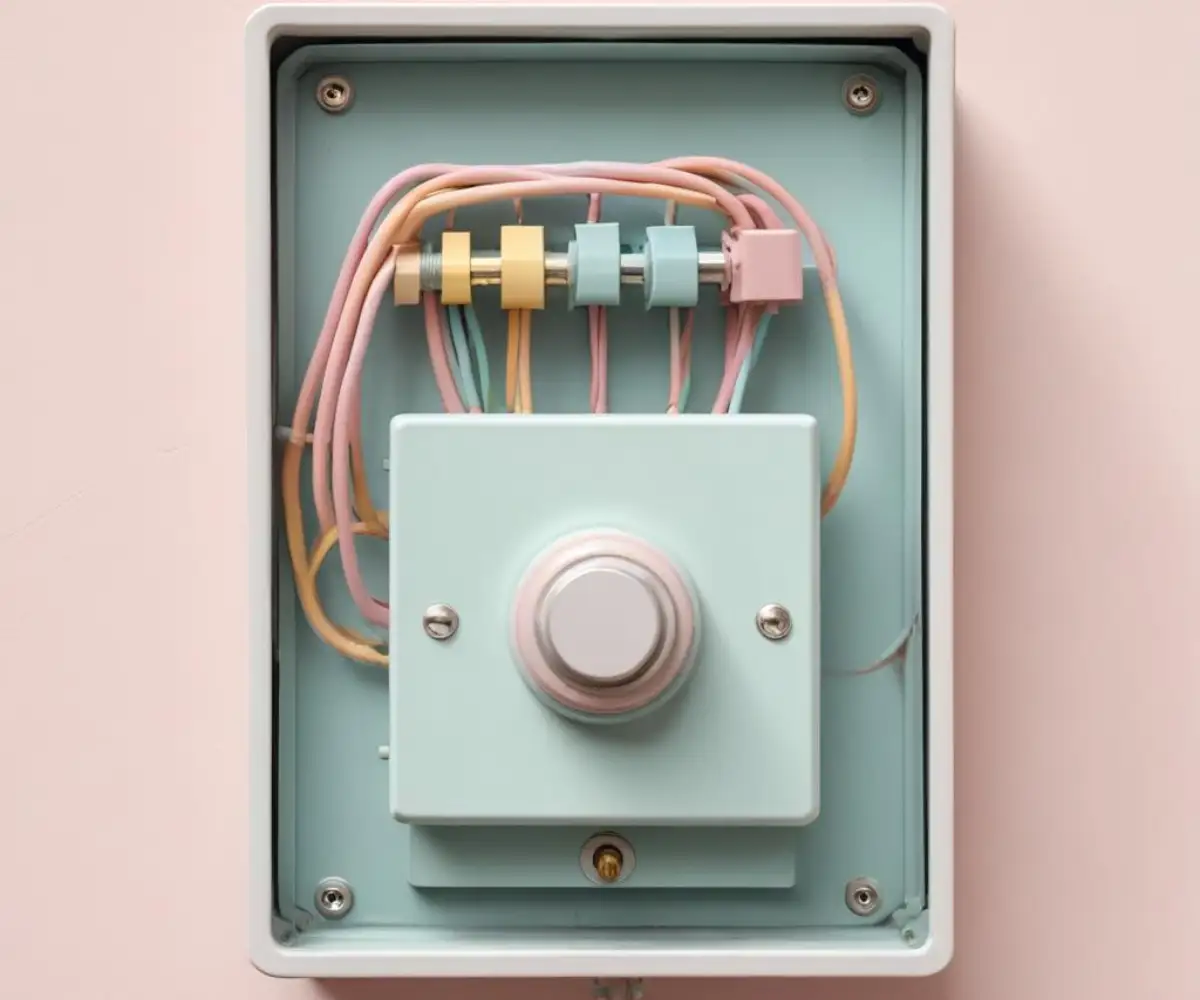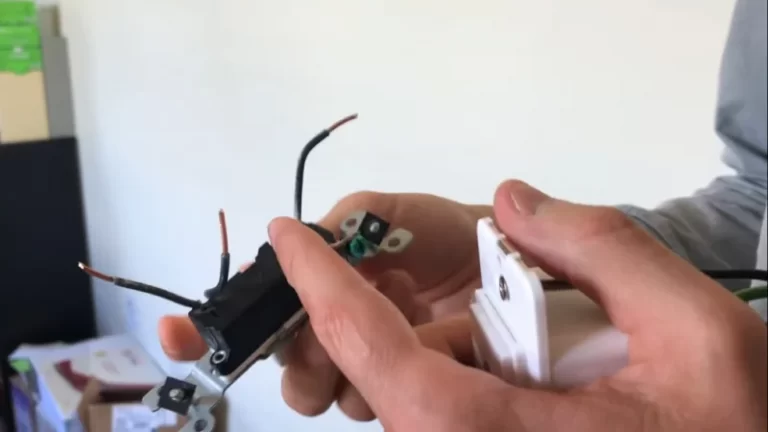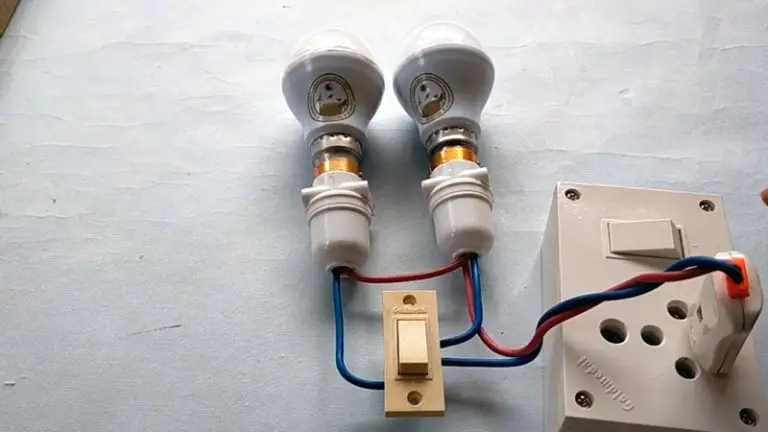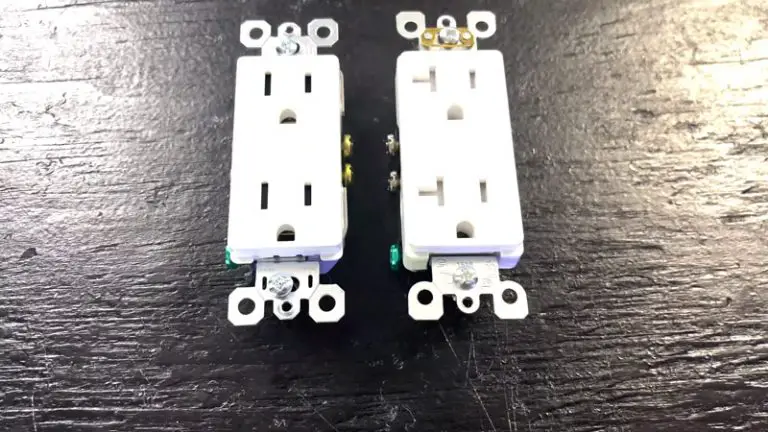Will Doorbell Wires Shock You? The Shocking Truth Revealed
Working with any type of electrical wiring can be intimidating. The fear of a sudden, painful shock is enough to make many homeowners hesitant to tackle even simple projects like replacing a doorbell button. This raises a common and important question: are doorbell wires dangerous, and will they shock you if you touch them?
The short answer is that while you can get a mild shock from doorbell wires, it is usually not dangerous. However, understanding why this is the case and knowing the potential exceptions are crucial for staying safe. This article breaks down everything you need to know about doorbell wiring safety.
You'll Learn About
Understanding Doorbell Power: The Role of the Transformer
The key to doorbell safety lies in a small but powerful device called a transformer. Your home’s electrical system operates at a potent 120 volts, which is certainly dangerous. A doorbell, however, is a low-voltage device and cannot handle that much power directly.
The transformer’s job is to “step down” the 120-volt household current to a much lower, safer voltage, typically between 10 and 24 volts. This low-voltage power is then sent to the doorbell button and chime. Without the transformer, the high voltage would instantly burn out the doorbell components.
It’s important to recognize that a faulty transformer can create problems. If you suspect issues, learning more about what happens when a doorbell transformer is shorted can provide critical insight into diagnosing and fixing the issue safely.
Can You Get a Shock from Doorbell Wires?
Yes, it is possible to feel a shock from live doorbell wires, but it’s very different from the dangerous jolt you would get from a standard outlet. Because the voltage is so low (typically 16-24V), the sensation is usually described as a slight tingle, a buzz, or a mild prickling feeling. For most healthy individuals, this is startling but not physically harmful.
The reason for the mild sensation is that the low voltage is not strong enough to push a dangerous amount of electrical current through your body’s natural resistance. It’s the current (amperage), not just the voltage, that causes serious harm, and doorbell systems operate with very low amperage.

When a Low-Voltage Shock Can Be More Pronounced
While generally mild, the feeling of a shock can be intensified under certain conditions. Wet hands or standing in a damp location significantly lowers your skin’s resistance to electricity. This can make a 16-volt tingle feel more like a sharp pinch, as more current can pass through your body.
Another factor is the possibility of a faulty transformer. In rare cases, a transformer can fail and allow a higher voltage to pass through to the doorbell wires. This is a significant safety risk, underscoring the importance of treating all electrical wiring with caution.
Line Voltage vs. Low Voltage: A Clear Comparison
To put the risk into perspective, it’s helpful to see a direct comparison between the low-voltage wiring for a doorbell and the high-voltage (or line-voltage) wiring used for outlets and major appliances. This distinction is the most critical concept in understanding why doorbell wires are relatively safe to handle.
| System Type | Typical Voltage | Potential Hazard | Typical Sensation if Touched |
|---|---|---|---|
| Line Voltage (Outlets, Lights) | 120V / 240V AC | High: Severe burns, muscle contractions, cardiac arrest. | Painful, powerful jolt; inability to let go. |
| Doorbell System | 10V – 24V AC | Very Low: Generally harmless to healthy individuals. | Mild tingle, buzz, or prickling sensation. |
| Thermostat Wiring | 24V AC | Very Low: Similar to doorbell wiring. | Mild tingle or buzz. |
| Landscape Lighting | 12V AC | Very Low: Minimal risk, even in outdoor settings. | Barely perceptible to no sensation. |
The Undeniable Importance of Electrical Safety
Even though the shock from doorbell wires is typically minor, this doesn’t mean you should disregard safety protocols. The most significant danger in a doorbell system isn’t the low-voltage wires you interact with at the button or chime. The real hazard is the 120-volt wiring that supplies power to the transformer.
Working on or near the transformer without shutting off the power is extremely dangerous and carries the same risk as working on any other standard household circuit. Because of this, following proper safety procedures is non-negotiable.
Always De-Energize the Circuit
Before beginning any work on your doorbell system, you must turn off the power at the main electrical panel. Locate the circuit breaker that controls the doorbell transformer and switch it to the “OFF” position. If your breakers aren’t labeled, you may need to test them one by one until the doorbell chime no longer works.
After flipping the breaker, always use a non-contact voltage tester on the wires connected to the transformer to confirm that the power is completely off. Understanding that even simple actions have risks is important, and it’s worth knowing about the potential dangers of flipping breakers if you are unfamiliar with your electrical panel.
Use the Right Tools for the Job
Using insulated tools provides an extra layer of protection when working with any wiring. Insulated screwdrivers and wire strippers are designed to reduce the risk of shock if you accidentally touch a live wire. Even with low-voltage wires, this is a smart precaution.
Know When to Call a Professional
If you feel uncertain at any point, see signs of scorching or melting on the transformer, or find that the wiring is complex and confusing, it is always best to call a licensed electrician. For those planning a more extensive project, such as relocating the chime or button, our guide on how to move doorbell wiring can provide valuable step-by-step instructions once you are confident the power is off.
The Final Verdict on Doorbell Wire Safety
So, will doorbell wires shock you? Yes, they can, but the shock is almost always a harmless tingle. The transformer reduces your home’s dangerous 120-volt electricity to a safe, low voltage that poses minimal risk.
However, safety should always be your top priority. The real danger lies in the high-voltage wires feeding the transformer. By always shutting off the power at the circuit breaker before you begin work, you eliminate the primary hazard and can approach your doorbell project with confidence and peace of mind.
Frequently Asked Questions
Can I get shocked by doorbell wires?
It is very unlikely that you will get a shock from the wires that connect to the doorbell button or the chime unit. These wires carry a low voltage, typically between 8 and 24 volts, which is not strong enough to cause a harmful shock.
Is it safe to touch the doorbell wires?
While the low-voltage wires are generally safe to handle, it is always best to take precautions. Before working on any part of the doorbell system, it is recommended to shut off the power at the circuit breaker to eliminate any risk of shock.
What about the doorbell transformer? Is that dangerous?
The doorbell transformer is connected to your home’s standard 120-volt power, which is dangerous and can cause a severe electrical shock. You should always turn off the power at the circuit breaker before handling the transformer.
Can a faulty doorbell system be a fire hazard?
Yes, in some cases, a faulty or old doorbell transformer or wiring can overheat and become a fire risk. A persistent buzzing sound from the doorbell or transformer could be a sign of a problem that needs to be addressed.
Do I need to turn off the power to change the doorbell button?
While the risk of shock from the button’s low-voltage wires is minimal, it is always the safest practice to turn off the power at the circuit breaker before starting any electrical work. This ensures there is no risk of accidental contact with higher voltage wires elsewhere in the system.




